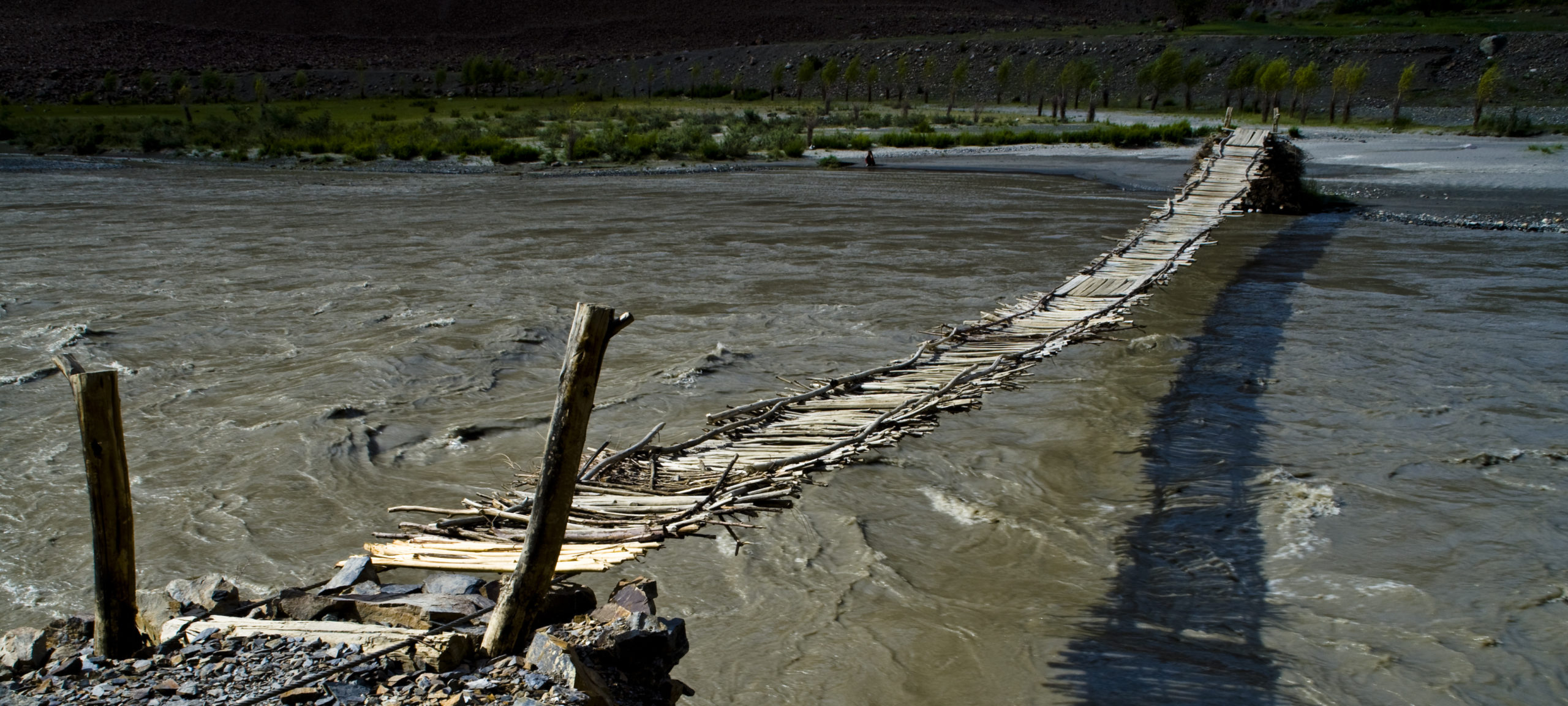Folklore and legends are part of a people’s cultural identity. They serve to tell them much about themselves and facilitate understanding of their culture by others.
The religious tradition in the Pamirs is inextricably interwoven with stories of saints and holy men and of the places where they are believed to have been and of the miracles and other deeds that they performed.
The rich oral tradition of the Pamirs, as all other orally transmitted elements of culture throughout the world, is in danger of being lost. It was part of my job for the Aga Khan Foundation in the 1990s to bring electricity to remote villages in the Pamirs, but each time that a mini-hydel – as the small hydro-power generating stations were known locally – was brought into operation in a remote valley I had some pangs of regret for the loss that television would bring sooner or later to those spontaneous moments of music, dancing and story-telling that made it a joy to go on a field trip to the uppermost parts of the valleys of the Pamirs.
It was with delight, therefore, that I discovered the legends and stories collected by Nisormamad Shakarmamadov and his students at the Rudaki Institute for Language and Literature in Dushanbe, affiliated with the Tajik Academy of Sciences, and published with the assistance of the Institute of Ismaili Studies in 2005 (Folklori Pomir). As part of my work with the Mountain Societies Development Support Programme on promoting tourism in the Pamirs, I was also able to encourage the collection of more legends and stories by Nisormamad and a group of local students.
The University of Central Asia has now (March 2012) not only published my selection of legends from the Pamirs, based on Nisormamad’s collections, but has also given permission to put these stories in a pdf version available to all visitors to this website – please click here to view this file.
In conceiving this book, it was my intention to make this wealth of material available to an international English-speaking audience. It is not a translation of Nisormamad’s work but a retelling of the stories that he and his students recorded. I admit freely my use of poetic licence when a story was obscure or the moral uncertain and I am not ashamed to admit that I have chosen those with the most powerful narrative or interesting historical thread. In some cases I have combined several oral accounts into a single text where this made for a more complete narrative.
Sources are given in the end-notes and I have included Appendices listing the main shrines in the Pamirs and an explanatory glossary. (Both of these are taken from my Pamirs section of the guidebook Tajikistan and the High Pamirs, of which the second edition was published by Odyssey in 2011.)
There is a reason why stories are passed on by word of mouth: I hope that in my retelling I have not done violence to the essential purpose of these tales and that this book will encourage many to travel to the Pamirs to discover the extraordinary hospitality and vitality of the people who live there, and, for those who have already made their acquaintance, enrich their understanding of what was certainly an unforgettable experience.
